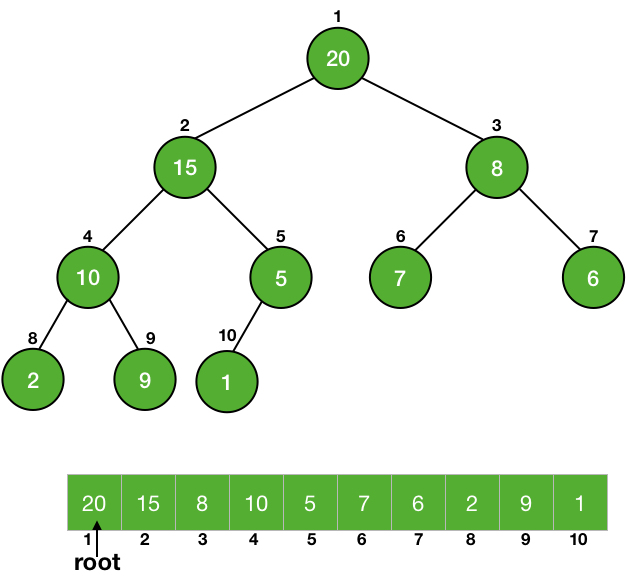

- #Python priority queue use how to#
- #Python priority queue use update#
- #Python priority queue use code#
# traverse the queue to find the right place for new node # if you want you can set a maximum size for the queue Of course, you couldn't do this with Queue.PriorityQueue in the first place, so no comparison can be made here.)Īlthough this question has been answered and marked accepted, still here is a simple custom implementation of Priority Queue without using any module to understand how it works. However this is a double-edged sword: Good priority queue implementations might possibly allow you to delete elements in O(1) or O(log(N)) time, but if you use the remove_task function you mention, and let those zombie tasks accumulate in your queue because you aren't extracting them off the min, then you will see asymptotic slowdown which you wouldn't otherwise see. (Do note that Queue.PriorityQueue does not seem to have a way to remove entries, while heapq does. But because you know the underlying implementation (and asymptotic behavior) must be the same, the simplest way would simply be to run them on the same large dataset. Queue.PriorityQueue may allow for parallel queries, so I would wager that it might have a very slightly constant-factor more of overhead. Therefore they are equally bad (asymptotically speaking). There doesn't seem to be any easily-findable discussion on the web as to what Queue.PriorityQueue is actually doing you would have to source dive into the code, which is linked to from the help documentation: 224 def _put(self, item, heappush=heapq.heappush):Ģ27 def _get(self, heappop=heapq.heappop):Īs we can see, Queue.PriorityQueue is also using heapq as an underlying mechanism.

#Python priority queue use code#
If you only care about which of the two you referenced are more efficient (the heapq-based code from which you included above, versus Queue.PriorityQueue), then: This generally just involves a minimal wrapping of the underlying heap see to implement your own, or use an off-the-shelf library of a similar heap like a Pairing Heap (a Google search revealed ) To implement any queue in any language, all you need is to define the insert(value) and extractMin() -> value operations. vEB trees kind of fall under a similar category, since you have a maximum set size ( O(log(log(M)) is not referring to the number of elements, but the maximum number of elements) and thus you cannot circumvent the theoretical O(N log(N)) general-purpose comparison-sorting bound. You can only do this with certain kinds of data because otherwise you could abuse your priority queue to violate the O(N log(N)) bound on sorting. If you are dealing with data with special properties (such as bounded data), then you can achieve O(1) insertion and O(1) findMin+deleteMin time. In the latter case, you can choose to implement a priority queue with a Fibonacci heap: (data_structure)#Comparison_of_theoretic_bounds_for_variants (as you can see, heapq which is basically a binary tree, must necessarily have O(log(N)) for both insertion and findMin+deleteMin) One should note thatīoth may also be unnecessarily slow like with binary-tree based O(log(N)) slow if the insertion time is O(1) fast. Insertion time is O(log(N)) slow, or the deleteMin time must be Here I mostly mean the deleteMin time can either be O(1) quick if the (* sidenote: the findMin time of most queues is almost always O(1), so O(1) insertion time and O(log(N)) (findMin+deleteMin)* time.O(log(N)) insertion time and O(1) (findMin+deleteMin)* time, or.You should choose one of these two, based on how you plan to use it: There is no such thing as a "most efficient priority queue implementation" in any language.Ī priority queue is all about trade-offs.
#Python priority queue use how to#
Which is the most efficient priority queue implementation in Python? And how to implement it? Raise KeyError('pop from an empty priority queue' 'Remove and return the lowest priority task.

#Python priority queue use update#
'Add a new task or update the priority of an existing task' REMOVED = '' # placeholder for a removed taskĬounter = unt() # unique sequence count Here they say that we can implement priority queues indirectly using heapq pq = # list of entries arranged in a heapĮntry_finder = # mapping of tasks to entries But I could not find how to implement it. It says that Queue has a class for the priority queue. Sorry for such a silly question but Python docs are confusing.


 0 kommentar(er)
0 kommentar(er)
